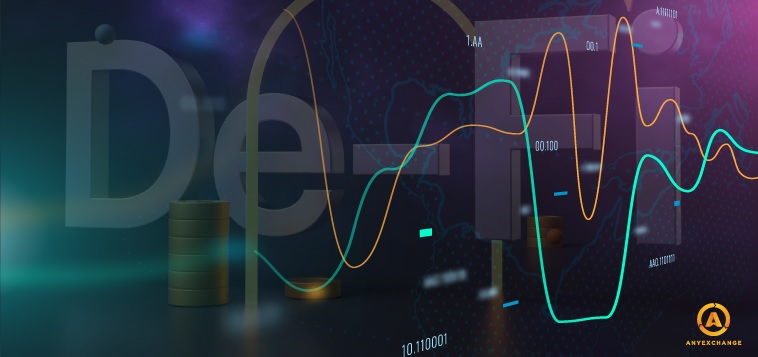
We all know that investing in DeFi is a highly profitable way of making investments. Projects pay more than 100% per annum just for the fact that investors place their cryptocurrencies in trading pools. The nominal returns on decentralised finance are particularly high for farming and mining/staking liquidity.
The simplicity of the entry process and high interest rates tempt novice investors. The platforms claim that investing in DeFi is safe, as transactions on smart contracts are completely transparent. However, the reality is not so rosy. Due to hacking, theft and fraud, investors have lost around $10.5 billion in 2021. There are currently thousands of cryptocurrencies in circulation in the DeFi market. In order to invest in cryptocurrency, generate income and not lose the money invested, there are many factors that must be taken into account. Here are the seven main ones:
1. Avoid projects with an anonymous team and documentation
Information about the team should be presented on the website and social media. Basic project documentation (WhitePaper, RoadMap, etc.) should be available and as detailed as possible. Check if the DeFi project has been audited and if the smart contract code has been posted on GitHub.
2. Always pay attention to Total Value Locked (TVL)
The TVL (Total Value Locked) value demonstrates how much other users’ funds are locked at a given time in a project or liquidity pool smart contract. The higher their total value, the safer it is to invest in that cryptocurrency.
3. TVL to market capitalization ratio (TVL ratio)
The market capitalization (Market Cap) is the total value of all the tokens of a project in circulation. If we divide the Market Cap of an asset by the total blocked value, we get the TVL coefficient as a result. It can demonstrate whether the crypto-asset in question is undervalued or overvalued. If the TVL coefficient is less than 1, the asset is likely to be undervalued. This confirms its prospects, opportunities for development and growth in price.
4. Annual percentage yield
The Annualized Percentage Yield (APY) shows the percentage return on an investment that can be earned over a 12-month period. The more significant and healthier the project, the lower this indicator is, as a rule.
5. Portfolio diversification
The rule of thumb here is that, in order to reduce risk, projects on the same blockchain should not overlap in the same investment portfolio.
6. Inflation risk level
Most DeFi protocols make the rules public. They guarantee that the supply of tokens will be maintained at a level that ensures there is no risk of devaluation. However, some projects do not explain clearly enough how they support a limited supply of tokens. And others provide no information at all about how much the investor is insured.
7. Number of unique addresses
A large number of unique addresses for a token can be an indicator that it is in demand and gaining momentum. This figure can be used as an additional factor to determine the relevance of an asset. However, the number is not always an indication of the quality of a token. Sometimes it can only be an indication of the quality of the work of fraudsters who inflate the statistics.
And finally, the golden rule for any financial investment — never invest money that you cannot afford to lose.
On our website you can buy or exchange cryptocurrencies safely and at the most favorable rate.






